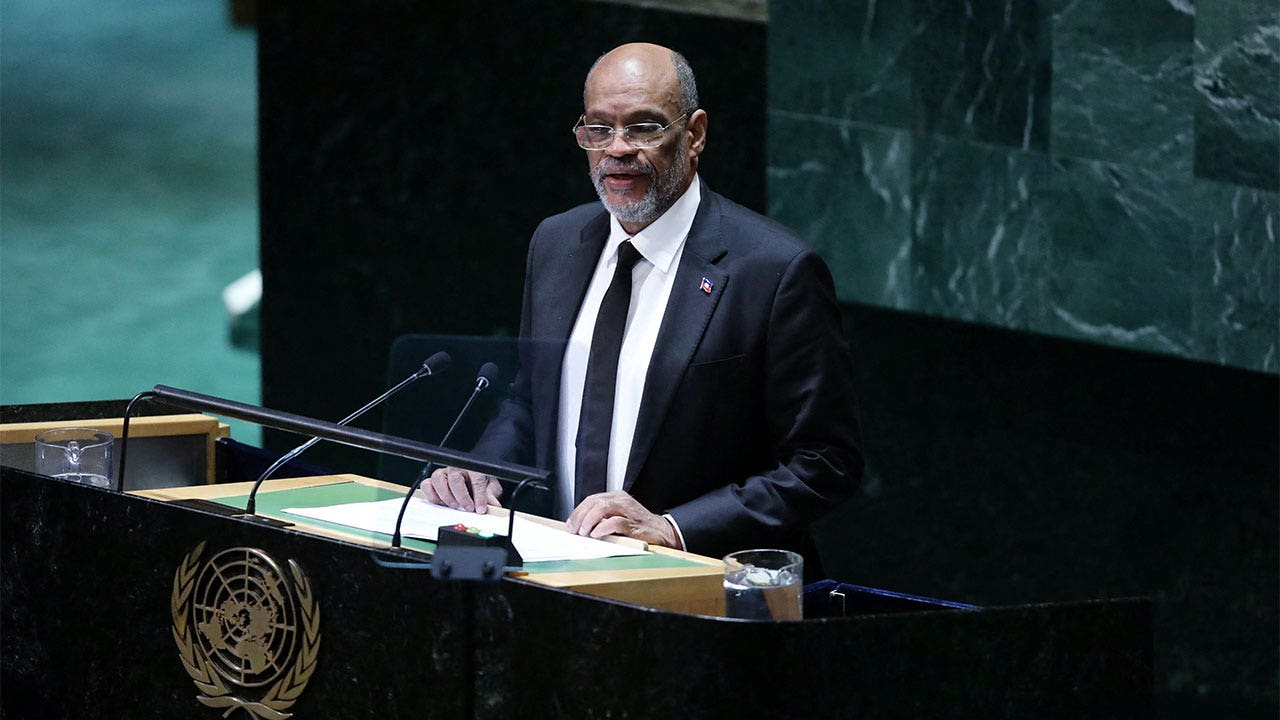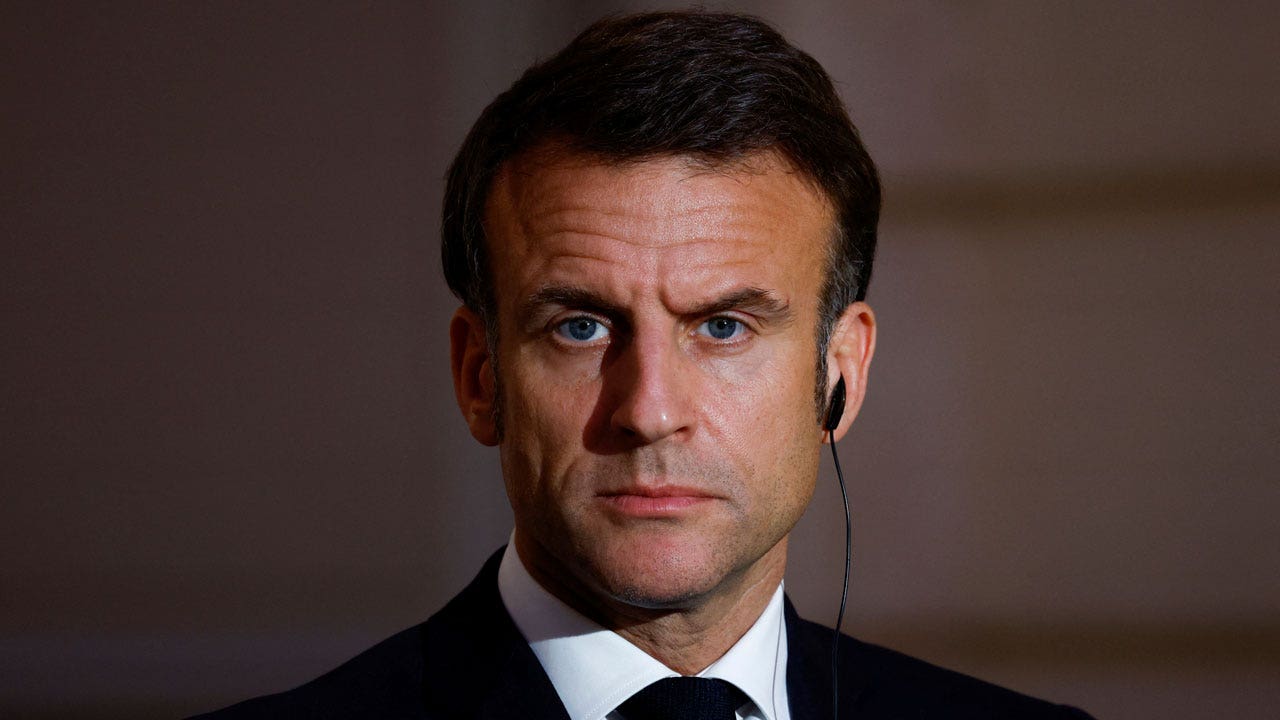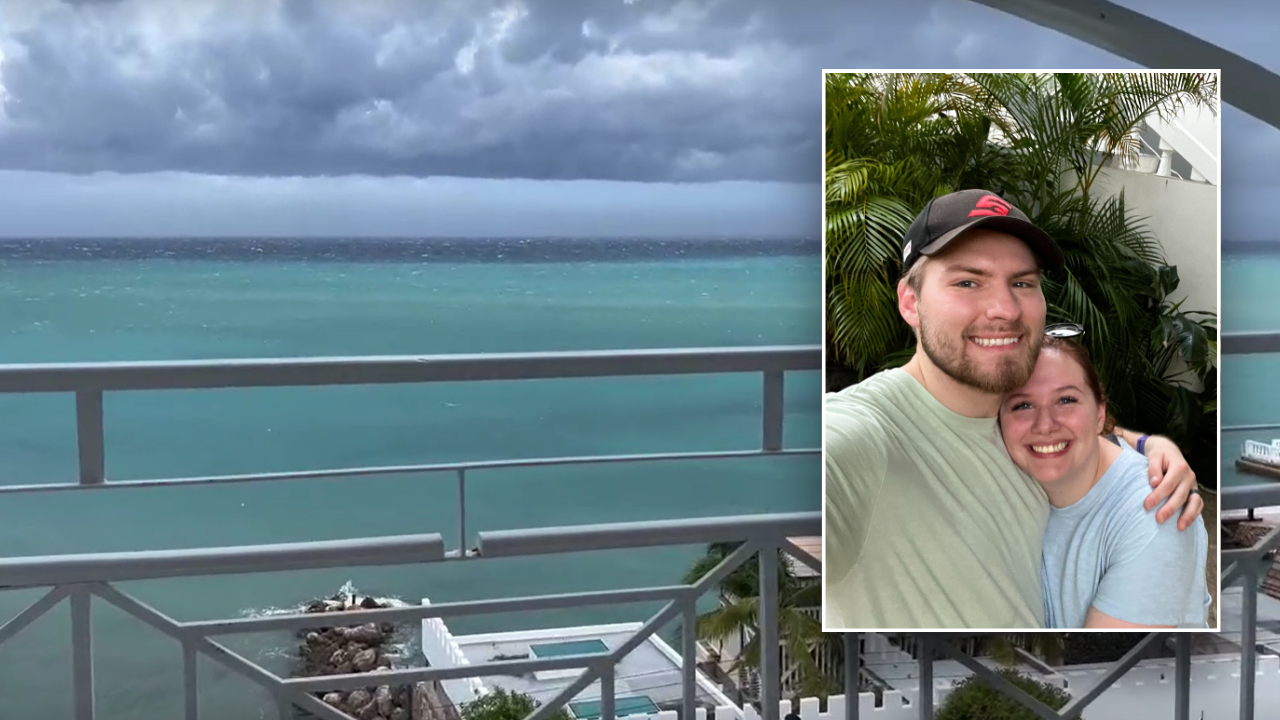Attack revived terrorism fears in Russia
At least 20 people were killed on Sunday in a seemingly coordinated assault in the Dagestan region of southern Russia, the deadliest attack in the area in 14 years.
The Russian authorities have designated the assault an act of terror, but it was not immediately clear who was responsible. Gunmen targeted a police station as well as synagogues and Orthodox churches. Fifteen of the victims were police officers. One was an Orthodox priest, who was killed in his church. It is not known whether the attackers were specifically targeting members of law enforcement.
Five attackers were eventually killed by security forces, officials said.
The attack was reminiscent of the intense violence that gripped the Northern Caucasus, a predominantly Muslim region, in the late 1990s and early 2000s. That bloodshed was caused by a combination of Islamic fundamentalism and organized crime. Suppressing it became one of the central bragging points for the Russian president, Vladimir Putin, after he came to power in 1999.
That legacy is now at risk of being undermined by a resurgence of violence. In March, four gunmen killed 145 people at a concert hall near Moscow. The Islamic State claimed responsibility for that attack.
Analysis: The assault on Sunday has put a spotlight on the challenges that Russia faces as the war in Ukraine taxes its economy and security apparatus.
Israel said its military focus might shift to Hezbollah
Recent remarks by Israel’s prime minister, Benjamin Netanyahu, and its defense minister, Yoav Gallant, suggest that the country may soon mount fewer operations in the Gaza Strip and shift its focus to Hezbollah in Lebanon.
In an interview on Sunday, Netanyahu said that after drawing down troops in Gaza, “we will be able to move part of our forces to the north.” But Netanyahu stopped well short of announcing an invasion of Lebanon, a move that would most likely result in heavy losses for both sides, and left room for a diplomatic resolution with Hezbollah.
Hajj deaths raised questions about Saudi preparations
More than 1,300 people have died amid extreme heat in Saudi Arabia while making the Islamic pilgrimage to the holy city of Mecca this month, raising questions about the country’s preparations.
Officials said that most of the dead had not been registered for the hajj. Pilgrims with permits are transported in air-conditioned buses and can rest in cooling tents, while those without permits are left with little protection against temperatures that can reach 120 degrees Fahrenheit.
The Saudi government has tried to rein in the effects of the heat by increasing shade and misting pilgrims with cool water. But many relatives of the dead and missing complained that the authorities had not done enough to cool all the pilgrims. It’s unclear if the number of deaths this year is higher than in previous years because Saudi Arabia doesn’t regularly release those statistics.
MORE TOP NEWS
A.I. is rapidly improving at creating lifelike faces and realistic photographs, fooling many. But there are telltale signs that can help you discern real images from fake ones.
A reporter learns his father’s past
My colleague Edward Wong, who worked in China as a correspondent and later as the Beijing bureau chief for The Times, knew that his father served in China’s army. But it wasn’t until he was researching his new book, “At the Edge of Empire: A Family’s Reckoning With China,” that Ed uncovered the full story.
Yook Kearn Wong, Ed’s father, was stationed in Xinjiang, a region in China’s northwest, in 1952. There he would take part in efforts that laid the groundwork for China to rule over that area. Later, after he survived famine, he knew he had to escape China. He reached the U.S. in 1967.
“I marvel,” Ed writes, “at the ways my family’s story has looped like a Möbius strip around multiple generations and around the history of China.”






